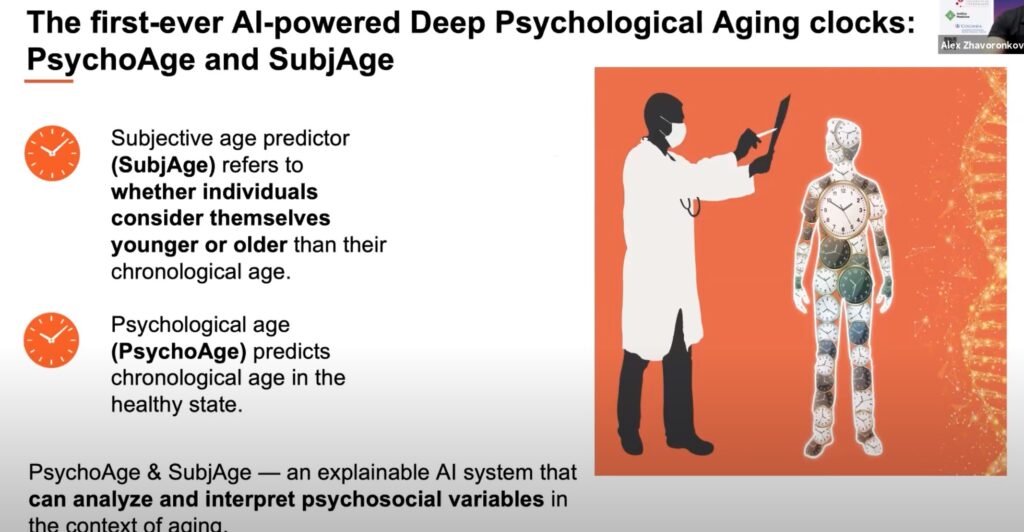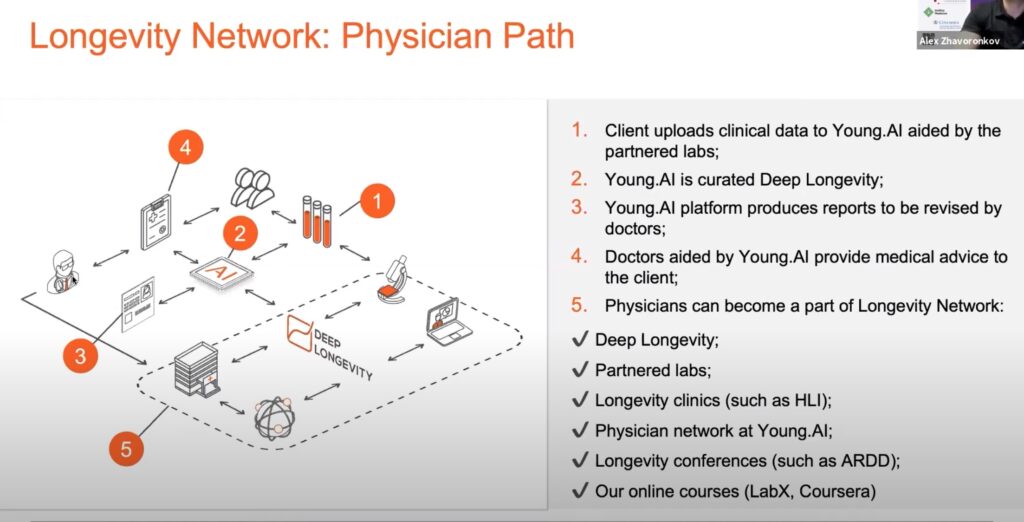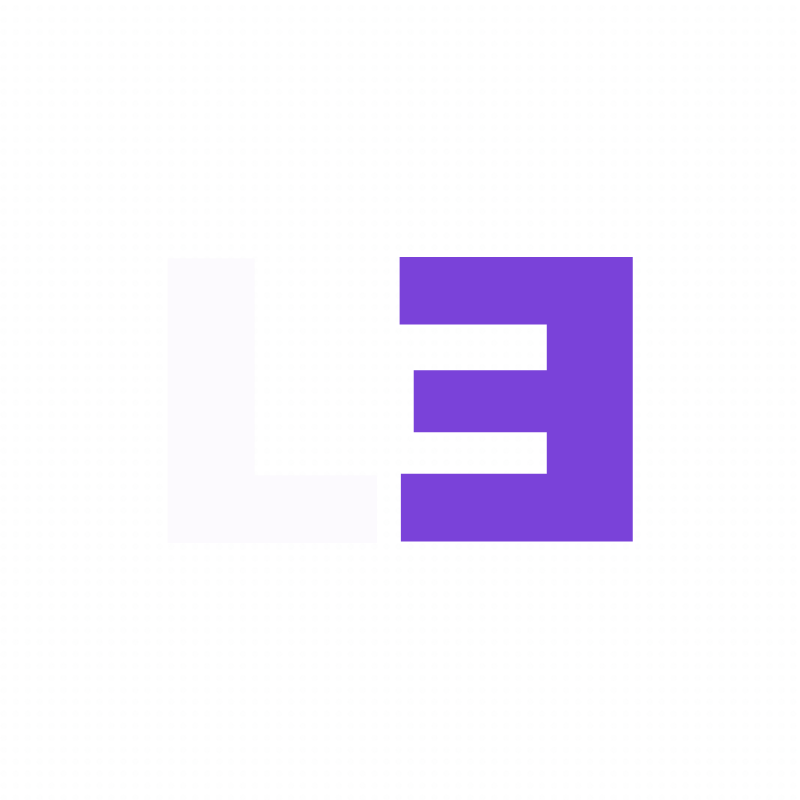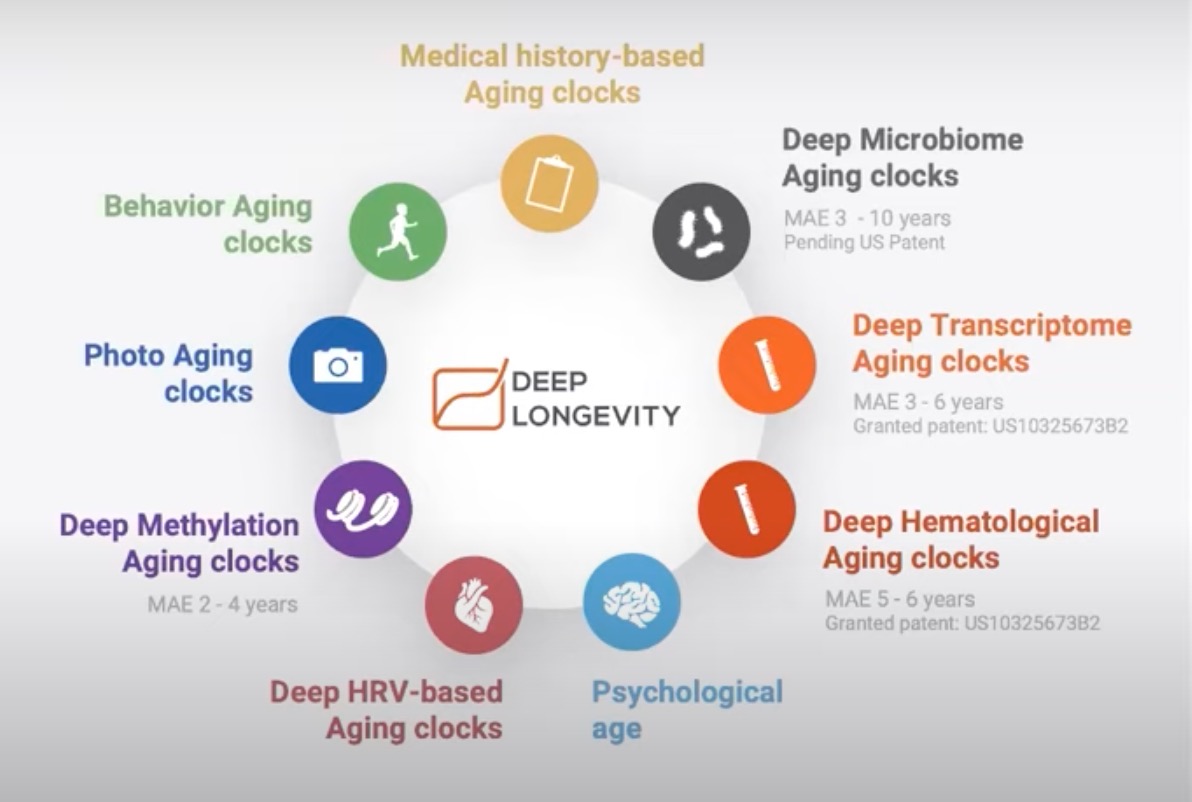Introduction:
In the pursuit of health advancements, the intersection of machine learning and the aging clock has emerged as a promising field. This blog post explores the work of Alex Zhavoronkov of Deep Longeviry, an expert in longevity as a service, and the efforts of companies like AngelicA Medicine and Regent Pacific in driving high-tech innovations and longevity initiatives. It also delves into the importance of preventative medicine, personalized guidance, and the seven pillars of clinical engagement in providing longevity as a service. Additionally, the post discusses the role of insurance companies, biomarker discovery, and the potential of deep generative reinforcement learning. Join us as we uncover the exciting developments in the quest for extended and healthy lives. Technologies Enabling Health Advancements
The advancements in technology have played a crucial role in driving health advancements. From high-speed trains to revolutionary medical interventions, technological innovations have paved the way for progress in the field of health and longevity. However, it is important to note that Japan, once a leader in technological innovations, is now being outpaced by other countries. This highlights the need for continuous innovation and collaboration in the pursuit of better health outcomes.
Providing Longevity as a Service
Longevity as a service has gained traction as a concept that aims to track, repair, and improve longevity. However, the field still faces challenges. One of the limitations is the lack of a comprehensive toolkit for providing longevity as a service, resulting in slow progress. Additionally, people still hold reservations due to false hopes and outdated perspectives. Nonetheless, efforts are being made to develop personalized guidance and planning for longevity interventions, with a focus on understanding individual risk profiles and educational profiles.
 The Role of Biomarkers and Aging Clocks
The Role of Biomarkers and Aging Clocks
Aging is a complex process that affects different parts of the body at different rates. Biomarkers and aging clocks have emerged as valuable tools in tracking and interpreting the aging process. These clocks help identify longevity bottlenecks and provide insights into an individual’s risk profile. Various aging clocks, such as the deep hematological aging clock, have been developed and utilized. Furthermore, deep generative reinforcement learning techniques have been employed to synthesize data and aid in biomarker discovery.
Interlinking Stakeholders for Longevity Services
The quest for longevity services requires collaboration among various stakeholders, including insurance companies, clinics, and customers. Insurance companies play a crucial role in driving innovation in the field of aging and longevity, with a focus on customer acquisition and underwriting. Meanwhile, clinics continue to be driven by the medical community but lack scale. By interlinking insurance companies, clinics, and customers, the alignment of interests can provide longevity as a service and improve outcomes for individuals.
 Deep Longevity: Tools and Personalized Recommendations
Deep Longevity: Tools and Personalized Recommendations
Deep Longevity has developed tools to interpret aging biomarkers and provide personalized recommendations. The Young AI app is one such tool that predicts biological age and identifies driving features. Moreover, advancements in understanding psychological age and its correlation with mortality have shed light on the importance of psychological well-being in the pursuit of extended lifespans. Deep Longevity envisions partnerships with clinics and insurance companies to standardize and connect beating systems, ultimately promoting healthier and longer lives.
Future Outlook and Opportunities
As the field of machine learning and aging continues to evolve, exciting opportunities lie ahead. Partnerships with big cloud providers like AWS or Amazon can further explore longevity as a service. Companies like Deep Longevity are actively seeking individuals interested in turning the business into a bigger enterprise. Additionally, combining ultrasound with exotic biomarkers holds promise for more cost-effective and accessible non-invasive diagnostics. Joining existing companies or academic groups dedicated to machine learning and aging provides an avenue for further growth and collaboration.
Conclusion:
The intersection of machine learning and the aging clock has opened up new possibilities and opportunities in advancing health. By leveraging technology, embracing preventative medicine, and interlinking stakeholders, longevity as a service becomes a tangible reality. Through biomarker discovery and the understanding of aging clocks, individuals can gain insights into their own aging processes. As we move forward, collaborations and partnerships will be crucial in furthering the field and realizing the vision of healthier and longer lives for all.


